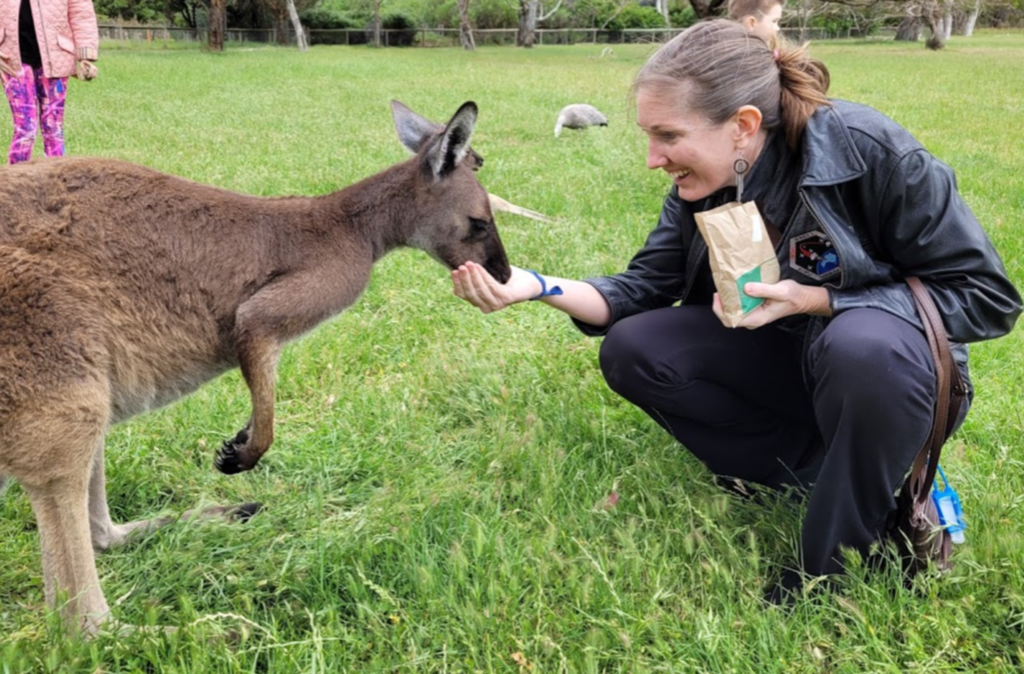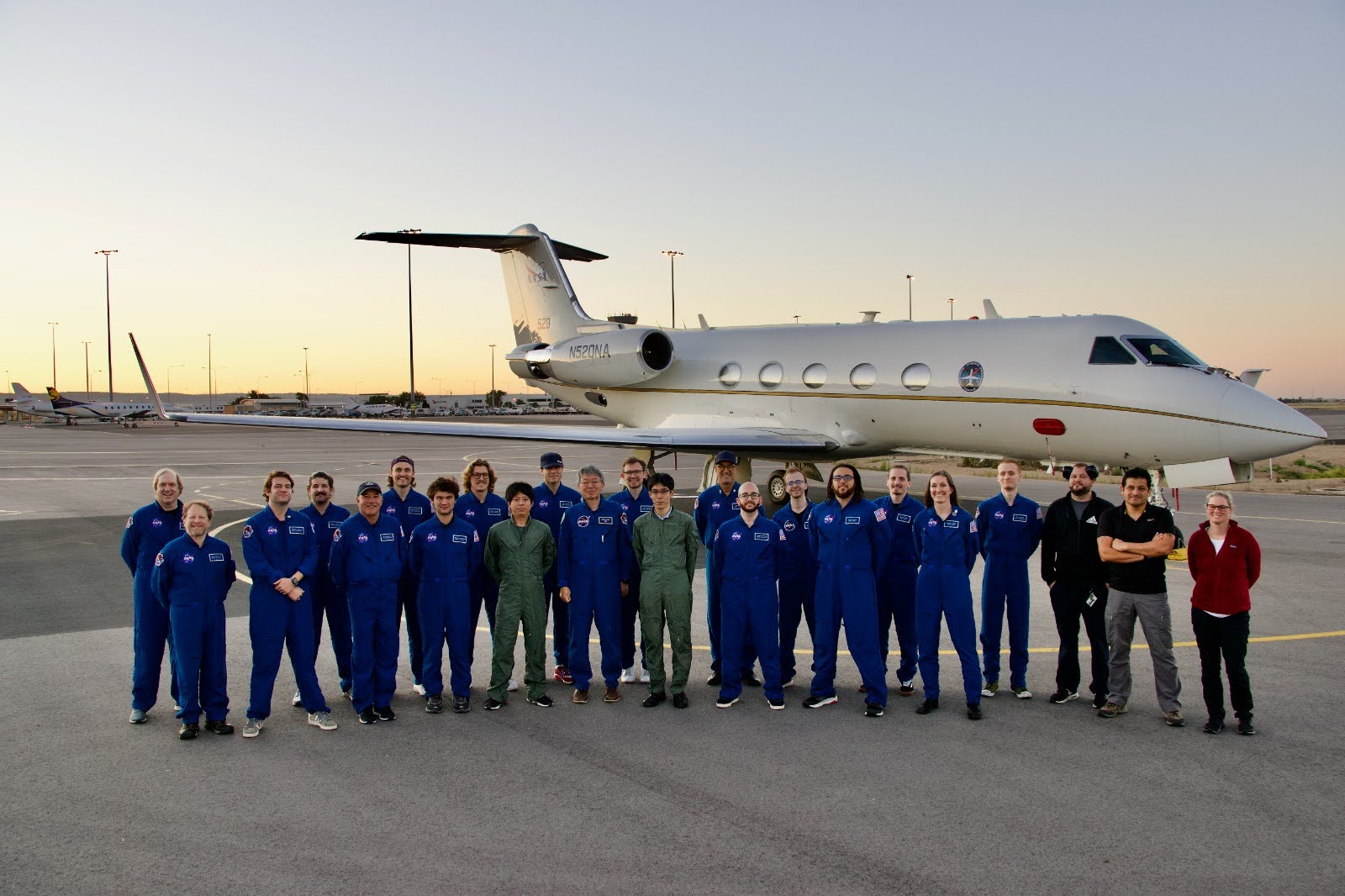Hayabusa 2 was an asteroid-sample return mission conducted by the Japanese Aerospace Exploration Agency (JAXA). Traveling more than 5.2 billion kilometers in its six-year journey, this capsule contained the first sub–surface sample to be successfully collected from an asteroid, which could shed light into how life formed on Earth. To coordinate the Hayabusa 2 landing in remote Woomera, Australia, JAXA partnered with both NASA and the Australian Space Agency and Australian Defense Force.
Traveling at 27,000 mph, Hayabusa 2 was the 3rd fastest manmade object to enter Earth’s atmosphere. At those speeds, air doesn’t have time to react and “the capsule acts like a piston in a cylinder, compressing air to incredibly high pressures and temperatures,” says Dr. Jennifer Inman, Project Manager on the SCIFLI team. By gathering information on how Hayabusa 2 reacted to such fast speeds, hot temperatures, and high pressures, SCIFLI could collect data on how heat shields might function on vessels destined for other planets, where such conditions are inevitable.
At those speeds, air doesn’t have time to react and “the capsule acts like a piston in a cylinder, compressing air to incredibly high pressures and temperatures.”
Project Manager, Jennifer Inman
Imaging the reentry was a massive logistical challenge. The Hayabusa 2 landing was scheduled for December 6, 2020, during the height of a COVID-19 spike, so traveling to Australia from the US was no easy feat. The Australian government had tight restrictions on who could enter the country, and flights were few and far between. Once the SCIFLI team was able to charter a plane to Adelaide, Australia, they had to quarantine for 14 days. Making the best of their circumstances, they set up a makeshift mission control in their hotel rooms. The team used city lights outside their hotel balcony – the natural incandescent, xenon, and fluorescent spectra of the urban landscape – to calibrate their cameras for the mission.

The pandemic also wreaked havoc on the flight plans for the SCIFLI imaging aircraft. They had initially intended to use the NASA DC-8, for which the instrumentation was specifically adjusted. However, the plane needed an engine replacement, which was delayed because of the pandemic. “We ended up scrambling. And where we settled was that we were going to use two of NASA’s Gulfstream III aircraft. But it meant we had to redo everything. All of our plans, all the engineering and analysis,” said Dr. Inman. The Gulfstream III is significantly smaller than the DC-8, so the equipment had to be quickly redesigned to fit into the compact space. In addition, the double paned windows in the Gulfstream III would have interfered significantly with imaging. Luckily, SCIFLI was able to borrow windows from the NASA Armstrong Flight Research Center.
Pandemic restrictions were lifted in time for the team to obtain high quality images of the Hayabusa 2 reentry. The mission was a huge and well-earned success, thanks largely to the international cooperation with JAXA and the Australian Space Agency and Defense Force.

